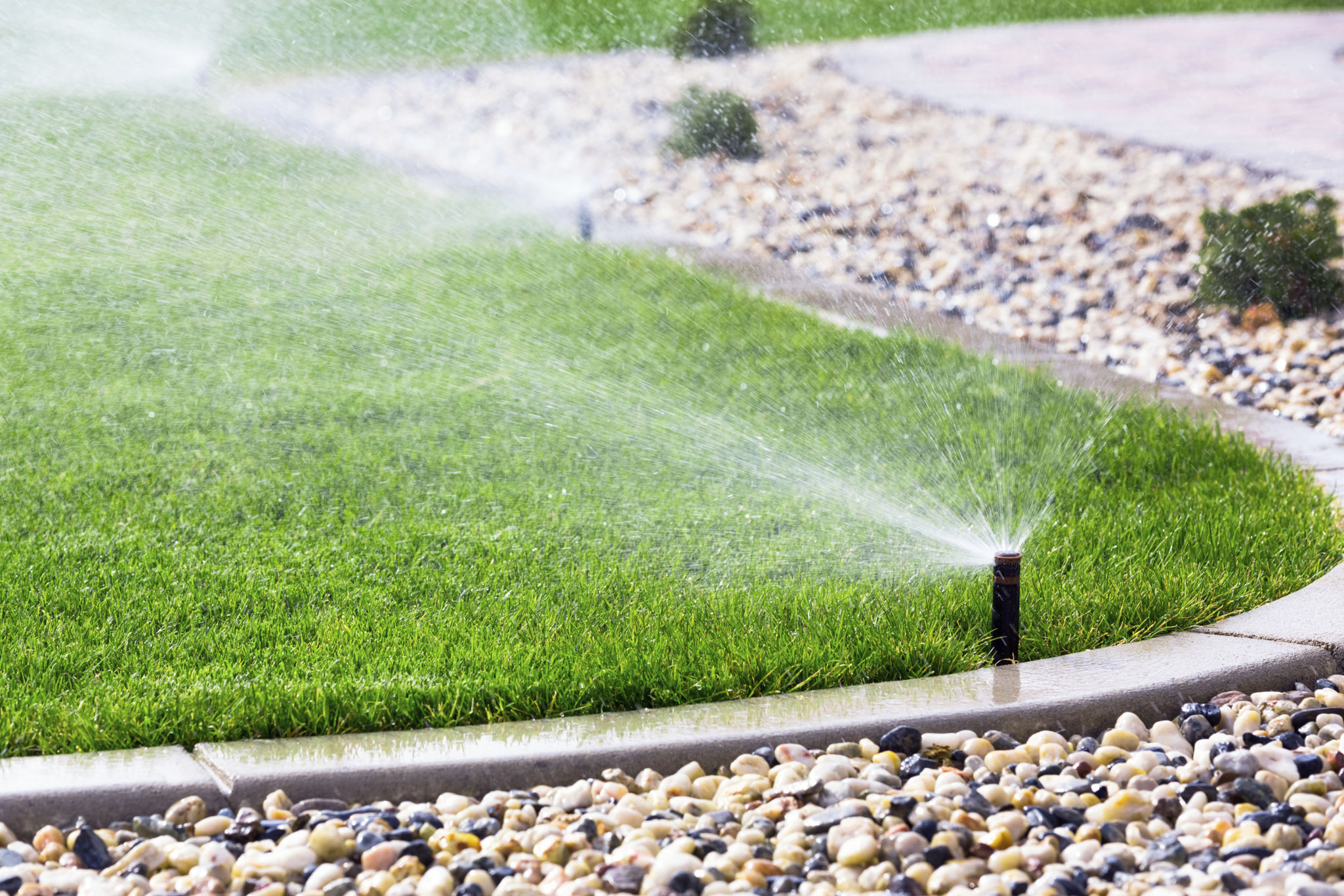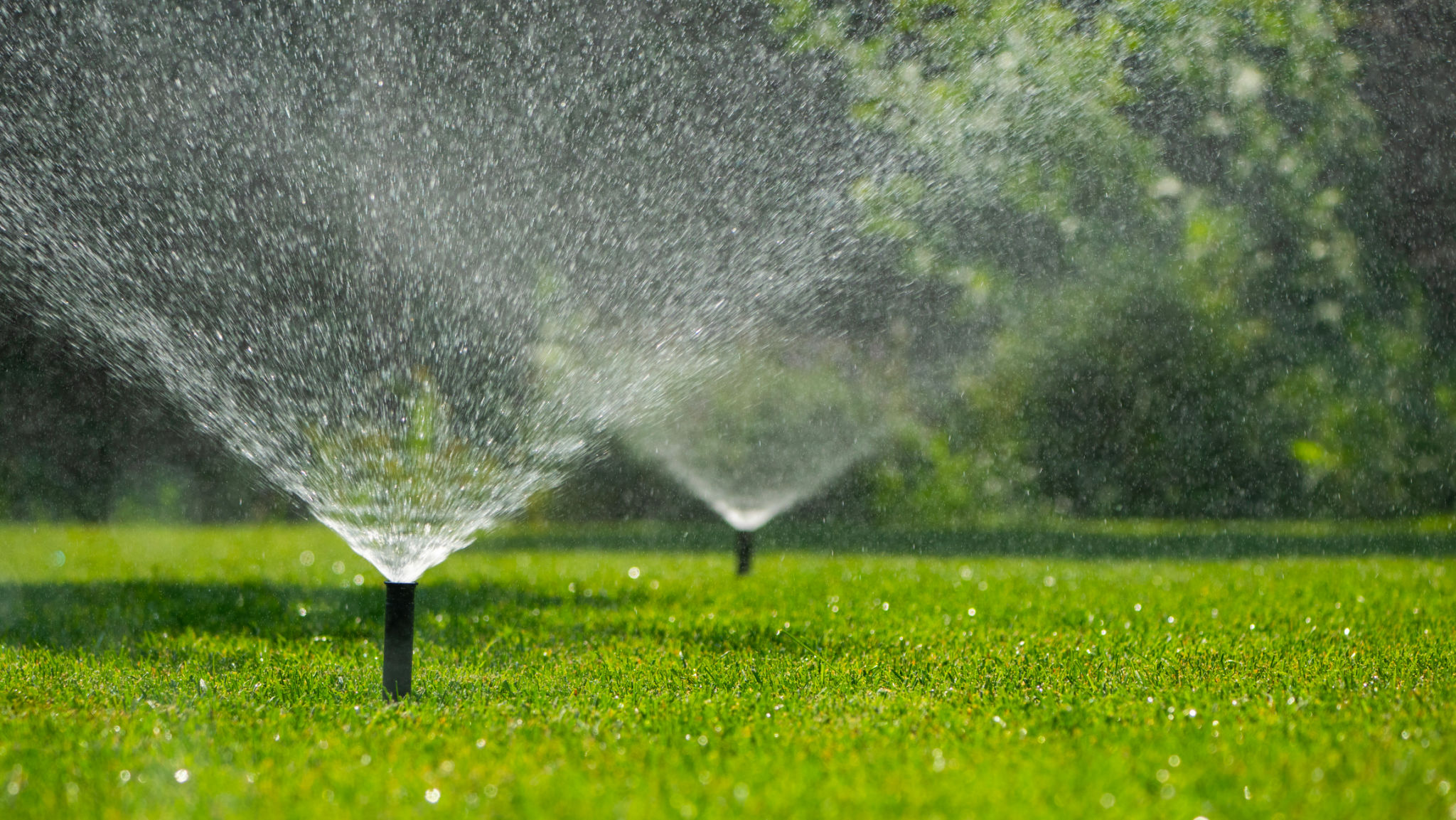Choosing the Right Irrigation System: A Buyer’s Guide for Sustainable Landscapes
Understanding Your Landscape's Needs
When it comes to creating a sustainable landscape, selecting the right irrigation system is crucial. Not only does it help in conserving water, but it also ensures that your plants receive the right amount of hydration. The first step in choosing an irrigation system is understanding the unique needs of your landscape. Consider factors such as the types of plants you have, the soil type, and the climate of your area.

Types of Irrigation Systems
There are several types of irrigation systems available, each with its advantages and ideal applications. The most common systems include:
- Drip Irrigation: This system delivers water directly to the plant roots, minimizing evaporation and runoff. It's perfect for gardens and areas with a variety of plant species.
- Sprinkler Systems: These systems simulate rainfall and are suitable for lawns and large garden areas. They can be configured to cover specific zones, ensuring even water distribution.
- Soaker Hoses: Soaker hoses are ideal for foundation plantings and densely planted garden beds. They release water slowly along their length, providing deep watering.
Factors to Consider When Choosing an Irrigation System
When selecting an irrigation system, several factors should be considered to ensure sustainability and efficiency:
- Water Source: Determine if you're using municipal water, well water, or rainwater. This will affect the pressure and availability of water for your system.
- Budget: Costs can vary significantly between systems. Consider initial installation costs as well as long-term maintenance expenses.
- Automation: Automated systems with timers or sensors can save time and reduce water waste by adjusting watering schedules based on weather conditions.

Installation and Maintenance
Proper installation is critical for the effective functioning of any irrigation system. While some homeowners may prefer DIY installations, hiring a professional can ensure that the system is set up correctly and tailored to your landscape's specific needs. Regular maintenance is also essential to keep the system operating efficiently. This includes checking for leaks, cleaning filters, and adjusting sprinkler heads as needed.
Environmental Impact
Sustainable irrigation systems not only benefit your garden but also contribute positively to the environment. By reducing water waste and promoting healthy plant growth, these systems can help in conserving local water resources and supporting biodiversity. Opting for eco-friendly options and staying informed about new technologies can make a significant difference in your landscape's environmental footprint.

Conclusion
Choosing the right irrigation system is a vital step in achieving a sustainable landscape. By understanding your landscape's specific needs, exploring various system options, and considering key factors such as budget and automation, you can make an informed decision that benefits both your garden and the environment. Remember, a well-maintained irrigation system not only conserves water but also enhances the beauty and health of your outdoor space.
